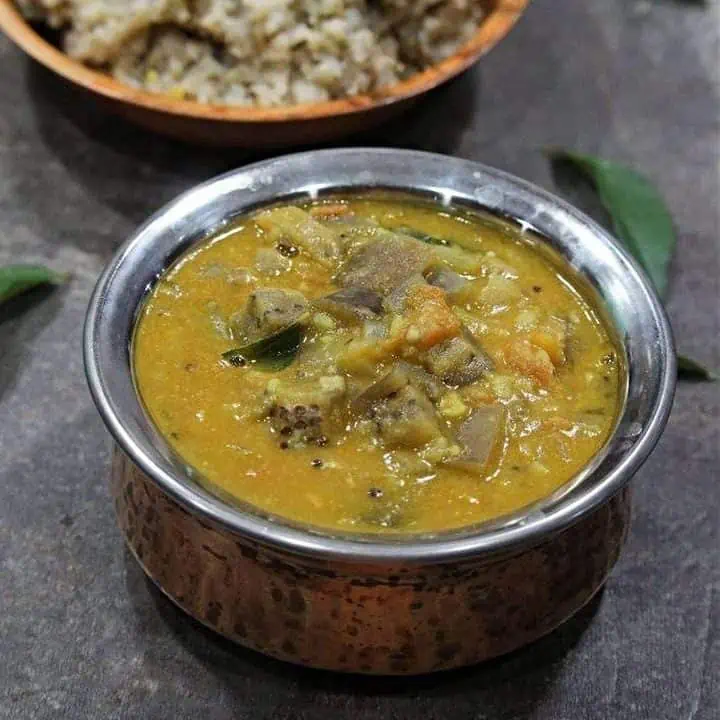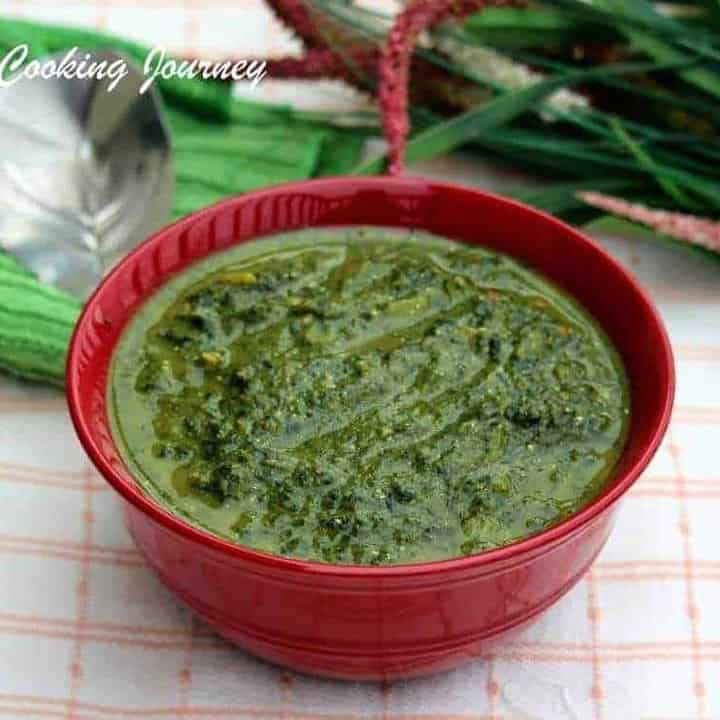Kootu
Kootu is a spicy stew made with one vegetable or a mix of vegetables and lentils. The freshly ground spice mixture makes it very delicious to enjoy with rice or roti, idli and dosai.
-
Parangikai Paal Kootu | Tender Yellow Pumpkin Kootu
-
Keerai Molagootal | Spinach / Keerai Kootu
-
Pavakkai Pitlai | Bitter gourd Pitlai
-
Kathirikkai Gothsu | Eggplant Gothsu | Brinjal Gothsu
-
Poosanikkai Mor Kootu / Ash Gourd Stew With Buttermilk
-
Mixed Vegetable Poricha Kuzhambu | Mixed Vegetable Poricha Kootu
-
Peerkangai Poricha Kootu | Ridge Gourd / Chinese Okra Kootu
-
Kerala Style Poosinikkai Kootu Curry
-
Poosanikkai Kootu – White Pumpkin Kootu – Ash Gourd Kootu
-
Thayir Keerai Kongunadu Style | Spinach In Yogurt Base
-
Kadappa – Tanjore / Kumbakonam Special Kadapa for Idli and Dosai
-
Podalangai Poricha Kuzhambu | Snake Gourd Stew
-
Vellarikkai Kootu / Cucumber Stew
-
Aviyal / Mixed Vegetable Stew In Coconut Based Sauce
-
Chow Chow Poricha Kootu - Chayote Squash stew
-
Chow Chow Carrot Kootu | Chayote Squash and Carrot kootu

















